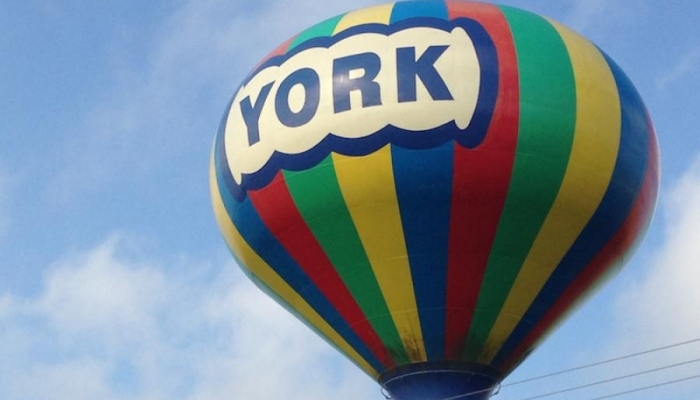York Well Watch
City and NRD partner to provide cleaner water
Improving and protecting the quality of drinking water for all residents is the goal of a continuing collaboration between the city of York and the Upper Big Blue Natural Resources District. Their latest effort in the cause is an inventory of all private wells in the Wellhead Protection Area—a region that extends from the ballfield complex on the east to beyond the airport on the west, and north to south encompassing the residential and business sector of York (see map). The area also includes a section of land south of Interstate 80 on Highway 81. The NRD is collecting data about all domestic, livestock, and irrigation wells in this area, both active and abandoned wells, to create an accurate picture of the risks wells may pose to the water system.
If you have a well on your property, you are encouraged to complete the York Well Inventory online. If you live in York, you should have also received a copy of the well inventory in a recent water bill.
Depending on their condition, wells can be a direct conduit for contaminants to enter the city’s drinking water. Mapping well locations will help the city and NRD to better understand how many wells are still in use and if further action is needed to safeguard the water supply. If a number of inactive wells exist in the Wellhead Protection Area, the city may be eligible for additional grant funding that could provide tools like ground penetrating radar for research and services such as well decommissioning.
“Sealing and decommissioning abandoned wells is a simple way we can prevent contamination of our drinking water supply and protect the health of everyone who calls York home,” said Marie Krausnick, Upper Big Blue NRD water department manager. “As a longtime resident of York, I want to make sure that the water here is the highest quality possible—and it takes the whole community working together to make that happen.”
 Unused wells that aren’t properly sealed can provide an opportunity for pollutants such as fertilizer, animal wastes, or agricultural chemicals to travel into the aquifer and endanger everyone who consumes water from nearby sources, says Krausnick. These wells pose a double danger—children and animals can easily become trapped in them, leading to serious injury or death.
Unused wells that aren’t properly sealed can provide an opportunity for pollutants such as fertilizer, animal wastes, or agricultural chemicals to travel into the aquifer and endanger everyone who consumes water from nearby sources, says Krausnick. These wells pose a double danger—children and animals can easily become trapped in them, leading to serious injury or death.
Not sure if you have an old well on your property? Here are some indicators that you might.
- A low spot in your yard
- A windmill tower
- Concrete pads where the legs of a windmill tower once stood
- Depressions where an old well pit or the walls of a dug well may have collapsed
- An old stock tank in an over-grown area
- A small area that is fenced-off, especially if there are also pipes sticking out of the ground
- Flat stones, a concrete slab, old boards, metal sheets, or other items that could be covering an old well shaft.
- A pitless adapter
- A well pit inside a shed/pump house or crawl space
The York Well Watch Program is funded by a Source Water Protection Grant from the Nebraska Department of Environment and Energy. Reimbursement for a limited number of compost bins and rain barrels for York residents is also part of this grant funding. To apply for these reimbursement funds, visit upperbigblue.org/projectgrow.

